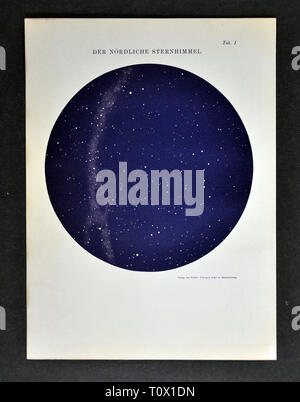

Mercury and Venus, though, are too close to the sun all month to be visible, being in the sky only during daylight or bright morning twilight. Keep using nearby constellations or bright stars as stepping stones to help find the object you are seeking.Until Mercury moves past the sun into the evening sky on March 8, all planets are morning stars. Look up and attempt to find the adjacent object in the sky. Next locate the object on The Night Sky™ planisphere and find an adjacent constellation in the direction of the new object. To locate an unfamiliar constellation or star, start by finding a bright star or familiar constellation in the sky first. Note For Southern Hemisphere Planispheres: The South side is the front, therefore start by facing South, hold the chart upright in front of you so the word “South” on the blue mask is horizontal. Tilt the chart to the right or left when you face East or West so the word “East” or “West” is horizontal.

Objects near the horizon line on the planisphere will be low in the sky, near the southern horizon. Face South and, without moving the map dial, flip the chart over and hold the chart upright so the word “South” on the blue mask is horizontal.To view objects in the southern half of the sky:.
 Tilt the chart to the right or left when you face East or West so the word “East” or “West” is horizontal. Objects near the horizon line on the planisphere will be low in the sky, near the northern horizon. Face North and hold the chart upright in front of you so the word “North” on the blue mask is horizontal. To view objects in the northern half of the sky:. (If in Daylight Savings time, subtract one hour.) Rotate the map dial to align the day with the time. Find the time on the outer edge of the blue mask. Find the date on the outer edge of the rotating map dial.
Tilt the chart to the right or left when you face East or West so the word “East” or “West” is horizontal. Objects near the horizon line on the planisphere will be low in the sky, near the northern horizon. Face North and hold the chart upright in front of you so the word “North” on the blue mask is horizontal. To view objects in the northern half of the sky:. (If in Daylight Savings time, subtract one hour.) Rotate the map dial to align the day with the time. Find the time on the outer edge of the blue mask. Find the date on the outer edge of the rotating map dial. 
With The Night Sky™ you will be up and running and locating constellations within minutes.
The Night Sky is larger than it looks! The map scale is larger than on similar-size planispheres because the whole sky does not have to be shown on a single map. You may already have what it takes to start observing tonight! A selection of deep sky objects for binocular viewing is included. It is important to point out to beginners that the best first telescope is a pair of binoculars. Coordinates are shown because they can be useful for cross referencing with star atlases. Coordinate grid lines are shown without being intrusive. The constellation patterns were designed in collaboration with the editors of Sky and Telescope magazine. The constellations are drawn simply, emphasising the brighter stars. Unlike coffee-table planispheres, The Night Sky is printed with dark stars on a light background, for easy nighttime readability. " Chandler's planisphere (rotating star-finder wheel) is the finest available" Sky News Key features: It is widely recognised by the amateur astronomy and educational communities as the best planisphere on the market.Eliminates over 90% of the distortion inherent in conventional one-sided planispheres. Sky and Telescope magazine adopted The David Chandler 'Night Sky' planisphere in 1976 and has promoted it ever since. This sturdy planisphere is a quick and convenient way of seeing which constellations are above the horizon at any specified time and day of the year. Part Number: LPNS50 Generally regarded as the BEST planisphere!








 0 kommentar(er)
0 kommentar(er)
